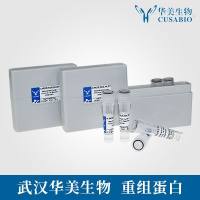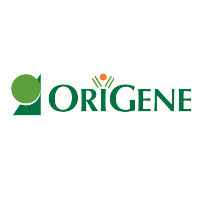The phenotypic effects of aberrant gene expression are indistinguishable, regardless of whether the underlying mutation is one of gene copy number (deletion or duplication) or modification of differentially methylated CpG sites occurring in critical regulatory sequences in gene promoters. The XLnt photocrosslinking oligonucleotide technology provides for the hybridizatio-dependent covalent attachment of probe to target, allowing survival of the probe/target complex under otherwise denaturing conditions. Posthybridization wash stringency can be substantially higher than under standard techniques, leading to a marked increase in signal-to-noise ratios. In addition, the reduction in nonspecific background provides linearity to XLnt-based oligonucleotide assays comparable to that otherwise achieved only with very long probes. The technology is thus ideally suited for combining the high-throughput capacity of oligonucleotide hybridization platforms with accurate measurement of relative gene dosage. By integrating the XLnt system with an assay design separating probe/target immobilization and signal elaboration functions, relative gene dosage assessment can be applied to the quantitation of fractional resistance to methylation-sensitive restriction enzyme (MSRE) digestion. The method described below provides for the development of photocrosslinking oligonucleotide assays for relative gene dosage and fractional locus CpG methylation in a microtiter plate-based format.






